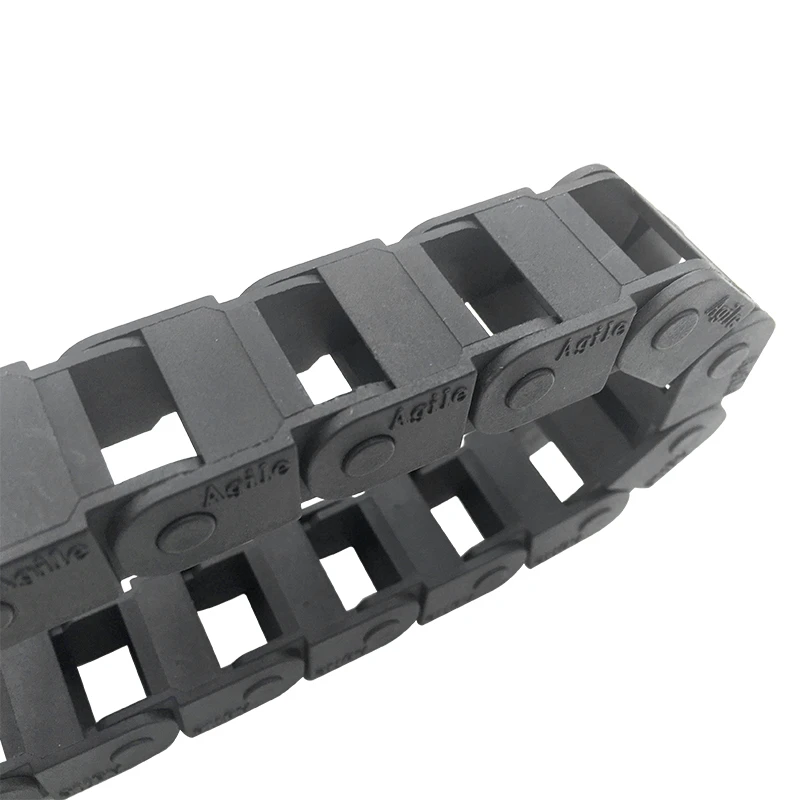Understanding the Functionality and Benefits of Synchronous Timing Belts in Machinery
The Importance of Synchronous Timing Belts in Modern Machinery
In the realm of mechanical engineering and manufacturing, the synchronous timing belt has established itself as a crucial component in various machines and systems. Unlike traditional belts that rely on friction to transmit power, synchronous timing belts engage with specific gear teeth on the pulleys. This feature results in precise motion control, ensuring that components within machines operate in perfect harmony. This article delves into the significance of synchronous timing belts, their working mechanism, applications, and benefits.
Understanding Synchronous Timing Belts
Synchronous timing belts are made from high-strength materials such as rubber compounds reinforced with fibers that provide tensile strength. The most recognizable feature of these belts is the series of evenly spaced teeth that run along their inner surface. These teeth mesh with grooves on the pulleys, allowing for efficient power transmission without slipping. This tooth engagement ensures that the rotational positions of the gears and components remain synchronized, which is critical in applications requiring precision.
Working Mechanism
The operation of synchronous timing belts is elegantly simple yet effective. When the motor drives the pulley, the teeth of the belt lock into the grooves of the pulley, translating the rotational motion of the motor into linear movement or motion of another connected component. This precise engagement prevents any lag or delay that might occur with other types of belts. Consequently, synchronous timing belts help minimize wear and tear, increasing the longevity of both the belts and the machinery they serve.
Applications in Various Industries
Synchronous timing belts are widely used across various industries due to their reliability and precision. In the automotive sector, they play a vital role in synchronizing the crankshaft and camshaft, which is essential for correct timing in engine operations. Any misalignment can lead to severe engine issues.
In the manufacturing industry, synchronous belts are integral to conveyor systems, robotics, and automation technologies. They ensure that products move along production lines in a synchronized manner, enhancing overall efficiency. They are also commonly found in 3D printers and CNC machines, where accurate positioning is paramount to producing high-quality outputs.
synchronous timing belt

The medical field utilizes synchronous timing belts in various devices, including surgical equipment and diagnostic machinery, where precise movements are crucial for safety and effectiveness
. The aerospace industry also employs these belts in flight control systems, such as flaps and rudders, where response times must be impeccable.Benefits of Synchronous Timing Belts
1. High Efficiency Synchronous timing belts minimize energy loss associated with friction, ensuring that most of the energy output from the motor translates into useful work.
2. Precision and Accuracy Because of their tooth engagement system, these belts maintain a consistent speed ratio, allowing for precise control over machinery. This quality is indispensable in applications requiring exact movements.
3. Durability Made from robust materials, synchronous timing belts tend to have a longer lifespan compared to standard belts. They also require less frequent maintenance, reducing downtime and operational costs.
4. Noise Reduction The design of synchronous timing belts allows for quieter operation compared to chain drives or traditional belts, making them ideal for environments where noise control is important.
5. Versatile Applications Their adaptability allows synchronous timing belts to be utilized in a diverse range of applications, from lightweight consumer products to heavy industrial machinery.
Conclusion
In summary, synchronous timing belts are indispensable components that facilitate precise and efficient motion in a variety of industries. Their unique design offers numerous advantages over traditional power transmission methods, making them a preferred choice for engineers and manufacturers seeking reliability and performance. As technology continues to advance, the role of synchronous timing belts will expand further, ensuring they remain a vital element in modern machinery and automation systems. For anyone involved in design and engineering, understanding the importance of synchronous timing belts is crucial for ensuring the success and reliability of their mechanical systems.








